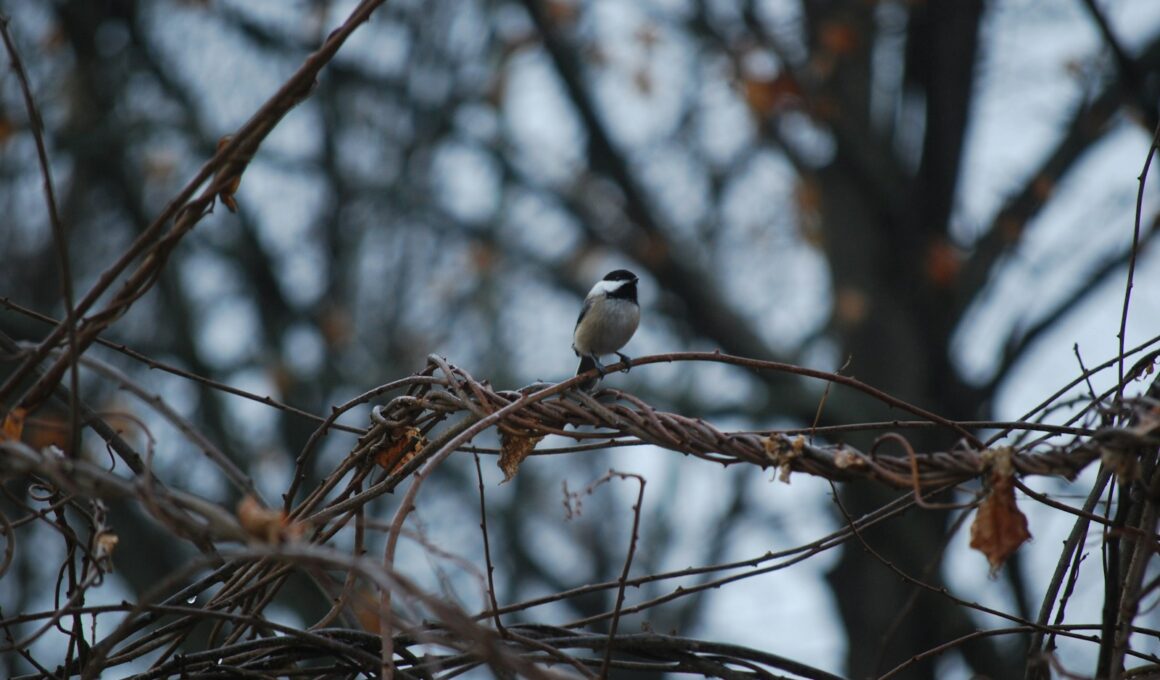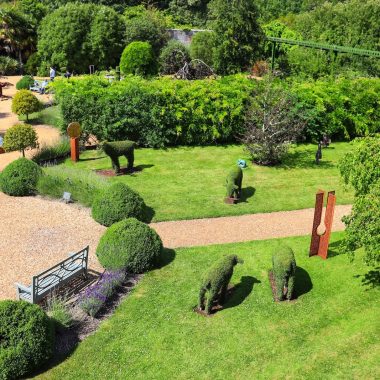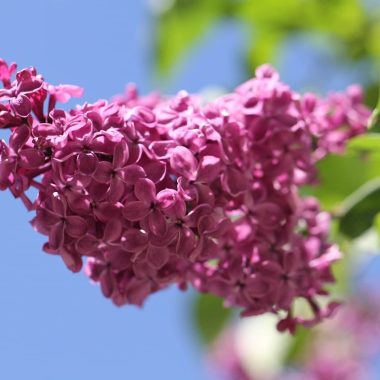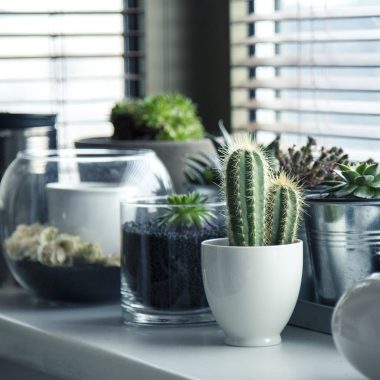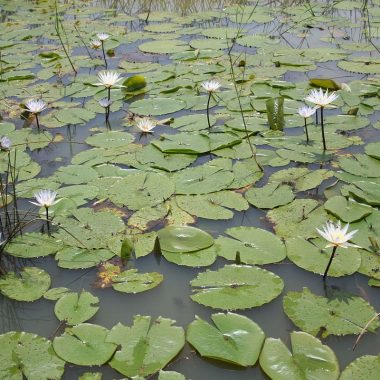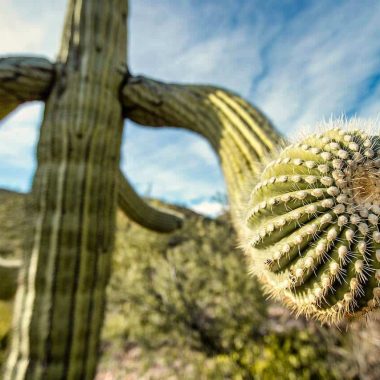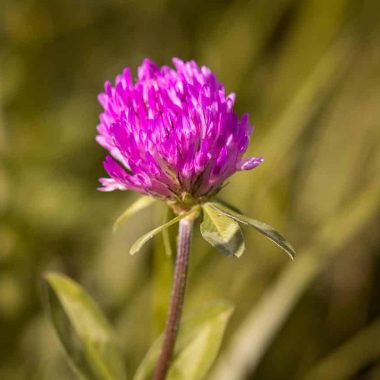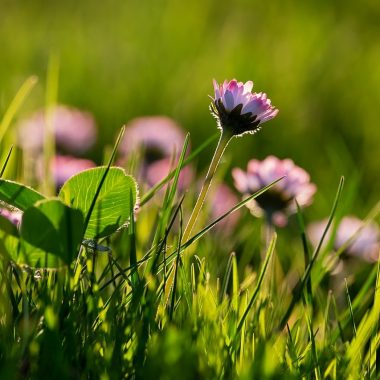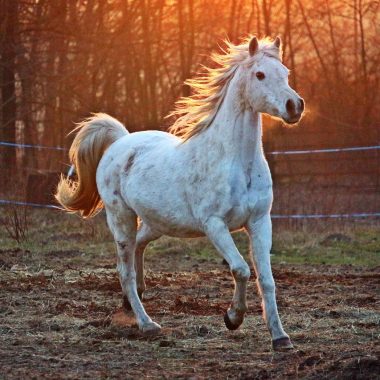Adding vines to your garden isn’t just about creating a beautiful vertical landscape—it’s an invitation to a vibrant bird community right outside your window.
Birds are naturally drawn to vines that offer food, shelter, and nesting spots throughout the seasons.
By planting the right climbing plants like coral honeysuckle, trumpet vine, or cross vine, you can create a natural habitat that attracts hummingbirds, finches, sparrows, and many other feathered visitors to your outdoor space.
Creating a bird-friendly garden with flowering vines serves multiple purposes in your ecosystem.
Nectar-rich bloomers like clematis and mandevilla are particularly irresistible to ruby-throated hummingbirds, while vines that produce berries or seeds will draw in a variety of songbirds.
Native vining plants also support caterpillars and insects that become food for birds raising their young.
You don’t need a massive garden to make an impact—even a small trellis or arbor can become a bird magnet when covered with the right vines.
The key is choosing plants that naturally grow in your region rather than potentially aggressive exotic varieties.
With thoughtful selection, your vining plants will transform a simple garden feature into a bustling avian restaurant and apartment complex that brings joy throughout the year.
1. Trumpet Creeper
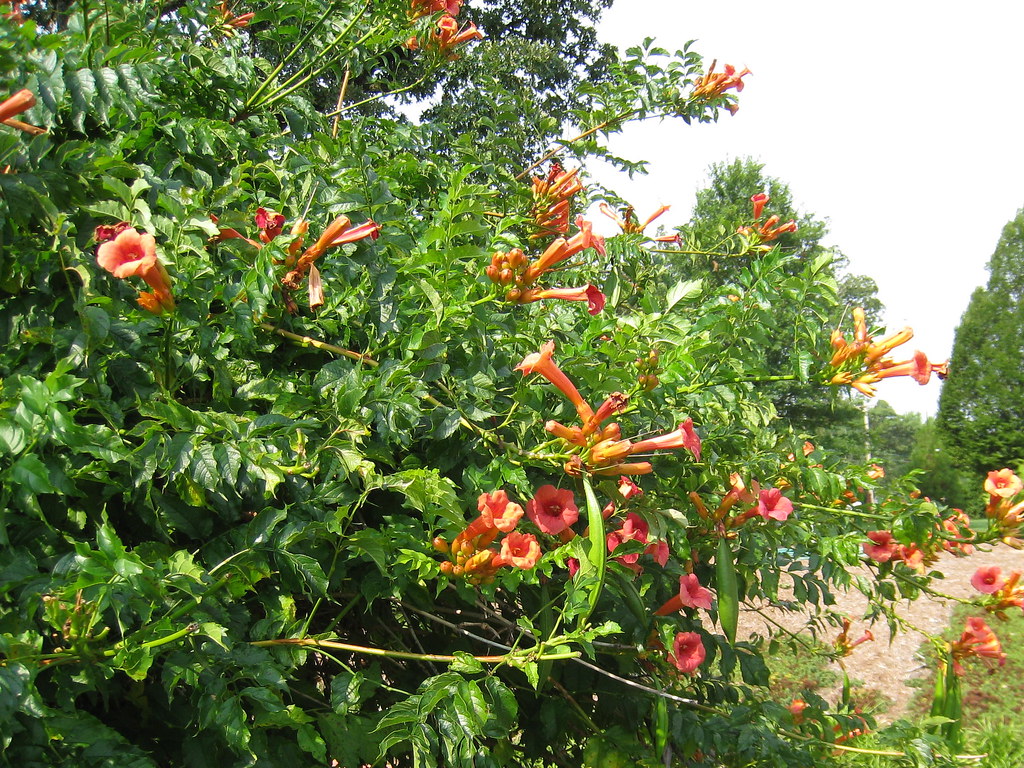
Trumpet creeper, also known as trumpet vine, is one of the most effective plants for attracting hummingbirds to your garden.
Its trumpet-shaped flowers produce high amounts of nectar that these tiny birds find irresistible.
The vibrant orange, red, or yellow blooms appear in summer and continue into fall, creating a spectacular display.
These colorful flowers are perfectly shaped for a hummingbird’s long bill and tongue, making them ideal feeding stations.
- Common Name: Trumpet Creeper
- Scientific Name: Campsis radicans
- Native Range: Eastern United States
- Growth: Fast-growing, climbing vine
Trumpet creeper doesn’t just attract hummingbirds. You’ll notice this vigorous vine also brings in other pollinators and busy ants that travel along its branches to reach the nectar-rich flowers.
Be cautious when planting trumpet creeper in your landscape. This native plant climbs by using aerial rootlets and can grow quite tall with support.
It’s incredibly vigorous and may become invasive in some garden settings.
When planning your garden, consider whether you have enough space for this enthusiastic grower.
You can help manage its spread by planting it in containers or regularly pruning it back.
Despite its aggressive growth habits, the wildlife value of trumpet vine makes it worth considering for your bird-friendly garden.
The spectacular sight of hummingbirds hovering around its showy blooms is truly rewarding.
2. Virginia Creeper
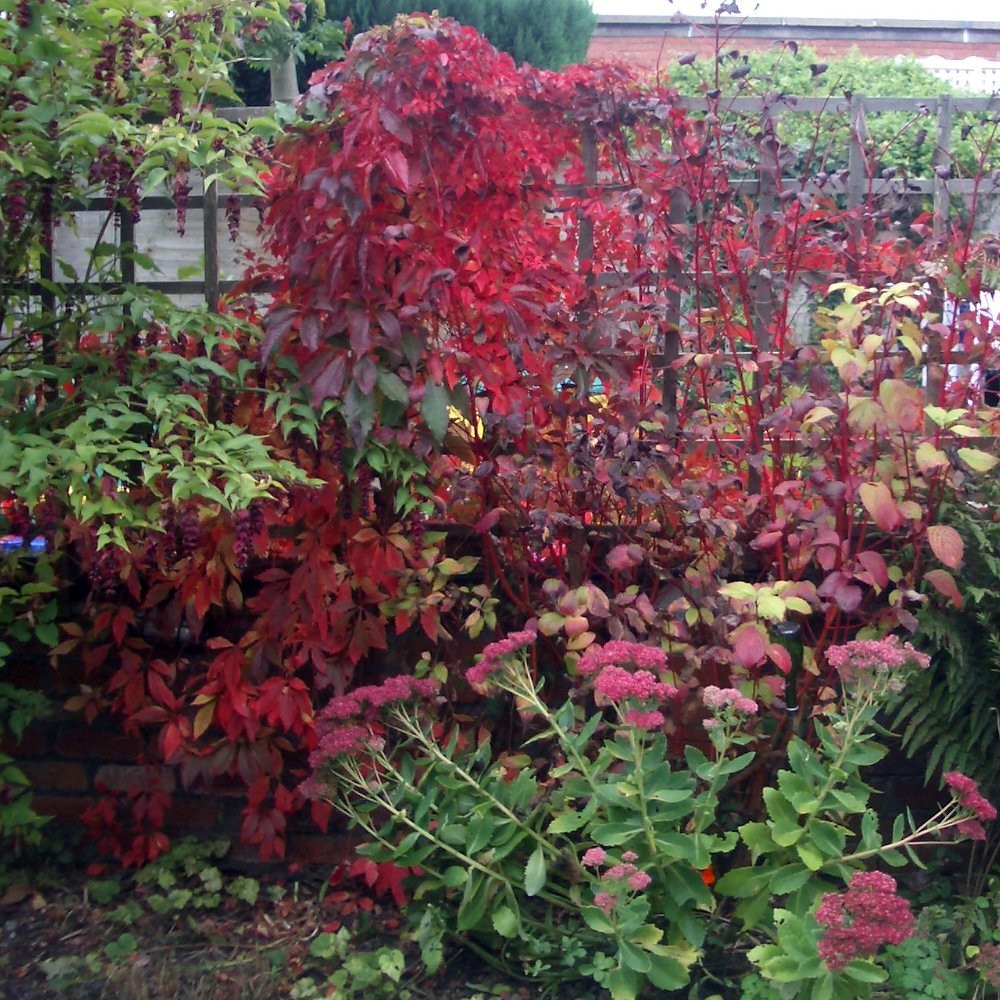
Virginia Creeper (Parthenocissus quinquefolia) is a stunning native vine that offers tremendous value for birds in your garden.
This versatile climber features distinctive five-leaflet compounds that turn brilliant red in fall.
When you plant Virginia Creeper, you’re creating a bird magnet in your yard.
The vine produces inconspicuous flowers in spring that attract bees and small pollinators.
These flowers later develop into something special for your feathered visitors.
The real bird attraction comes from the bluish-black berries that appear after flowering.
These fruits have evolved specifically to attract birds who eat them and disperse the seeds. More than 30 different bird species feast on these nutritious berries!
Birds you might spot enjoying your Virginia Creeper include:
- Cardinals
- Mockingbirds
- Bluebirds
- Woodpeckers
- Finches
During winter months, birds are particularly drawn to Virginia Creeper as food sources become scarce.
The dark berries stand out against winter landscapes, creating a natural feeding station.
Beyond feeding birds, Virginia Creeper serves as a larval host plant for several moth species, including the Virginia Creeper Sphinx Moth and Abbott’s Sphinx Moth. This supports the entire food web in your garden.
You’ll appreciate that Virginia Creeper is also excellent for erosion control, making it both beautiful and functional in your landscape.
Consider adding this bird-friendly vine to your garden and watch the wildlife activity increase!
3. Coral Honeysuckle
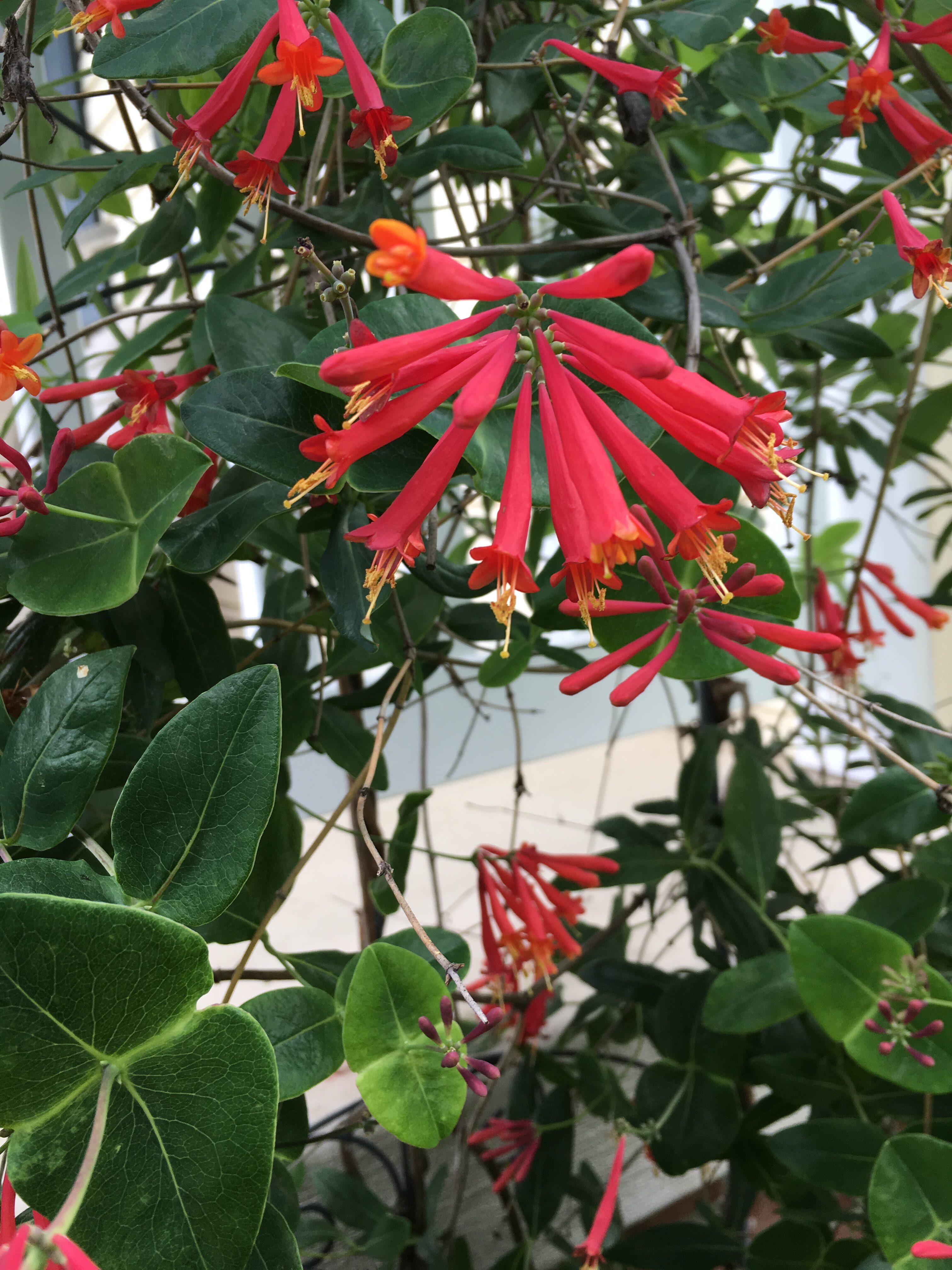
Coral honeysuckle is a stunning native vine that will bring both beauty and birds to your garden.
This eye-catching plant, also known as Lonicera sempervirens, produces tubular red-orange flowers that attract hummingbirds with their bright color and nectar.
Unlike its invasive Japanese cousin, coral honeysuckle is a well-behaved addition to your landscape.
The Cherokee name for this plant translates to “the hummingbird arrives” – perfectly describing how these tiny birds appear when the vine begins to bloom.
You’ll enjoy watching not only hummingbirds but also butterflies and bees visit the tubular flowers throughout the growing season.
The flowers are followed by small orange-red berries in fall that invite many birds to your garden, including:
- Purple finches
- Goldfinches
- Robins
- Hermit thrushes
- Quail
This vine is surprisingly easy to grow and requires little maintenance once established.
It’s also fast-growing and semi-evergreen, keeping most of its leaves year-round in milder climates.
For best results, plant your coral honeysuckle in a sunny spot with some afternoon shade.
Give it a trellis, fence, or arbor to climb on, and you’ll soon be enjoying the parade of birds it attracts.
4. Passionflower Vine
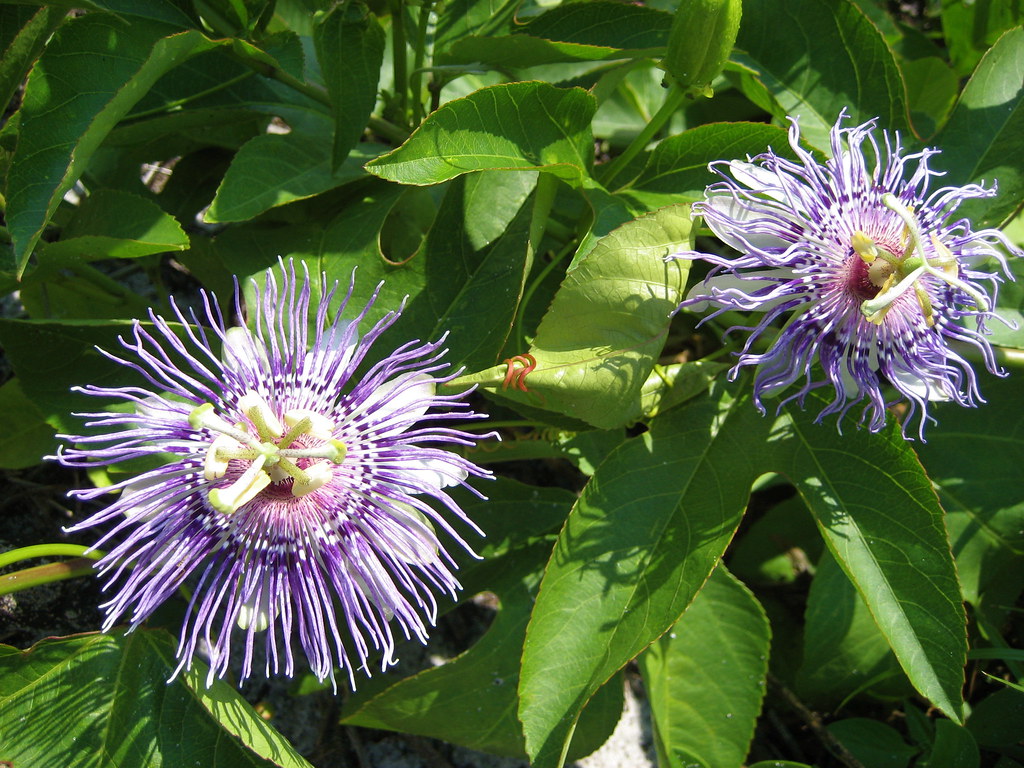
Passionflower vines are eye-catching plants that can be a valuable addition to your bird-friendly garden.
With their unique, intricate flowers and nutritious fruits, they attract various wildlife to your outdoor space.
The striking passionflower blossoms not only add beauty to your garden but also attract hummingbirds during summer and fall.
These tiny birds are drawn to the flowers’ unusual shape and vibrant colors.
When the flowers fade, they develop into egg-shaped fruits called maypops.
These fruits become an important food source for birds. Some gardeners have observed birds eating these maypops, making them a valuable food source in your wildlife garden.
Key Benefits for Birds:
- Nectar source for hummingbirds
- Fruit (maypops) provide food for various bird species
- Dense foliage offers protective cover
The Purple Passion-flower (Passiflora incarnata) can grow up to 25 feet long, either climbing with tendrils or sprawling along the ground.
This vigorous growth provides excellent shelter for birds throughout the year.
You’ll find that passionflower vines are relatively easy to grow and maintain.
They provide good, dense cover year-round, giving birds protection from predators and harsh weather.
For best results, plant your passionflower vine in a sunny location with something to climb on.
A trellis, fence, or arbor works perfectly and creates an attractive garden feature that birds will appreciate.
5. American Bittersweet
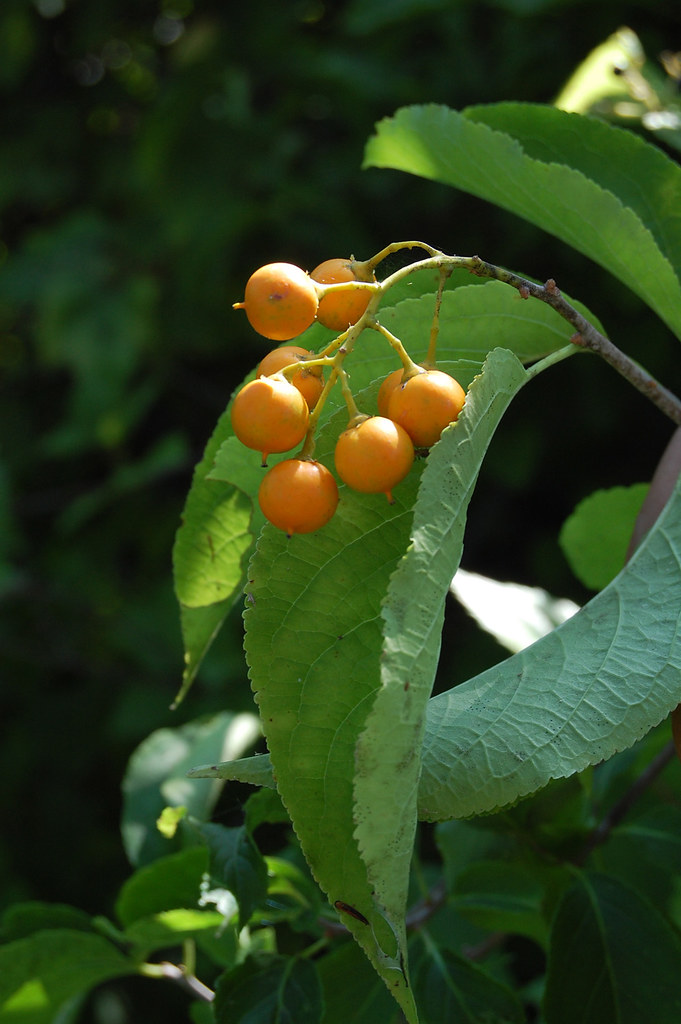
American Bittersweet (Celastrus scandens) is an eye-catching native vine that can transform your garden into a bird haven.
This woody climber produces colorful berries that persist through winter, making it a valuable food source when birds need it most.
You’ll find that many bird species are attracted to American Bittersweet, including Eastern bluebirds, gray catbirds, and American robins.
These feathered visitors help spread the plant’s seeds through their droppings after enjoying the nutritious berries.
Unlike its invasive cousin Oriental Bittersweet, the native American variety adds beauty to your landscape without taking over.
The berries remain on the plant well into winter, brightening dreary days and providing essential nourishment for birds.
Wildlife Benefits:
- Food source for birds, especially in winter
- Attracts Eastern bluebirds, catbirds, and robins
- Provides nectar and pollen for bees
- Offers habitat for small mammals
When planting American Bittersweet, remember it’s dioecious – you’ll need both male and female plants to produce those wildlife-attracting berries. Plant in full sun to partial shade for best results.
Be careful not to confuse American Bittersweet with Oriental Bittersweet, which is highly invasive.
The native variety has orange capsules that surround red fruits, while the invasive type has yellow capsules.
You can incorporate this bird-friendly vine along fences or trellises where you can enjoy watching the birds it attracts throughout the seasons.
6. Crossvine
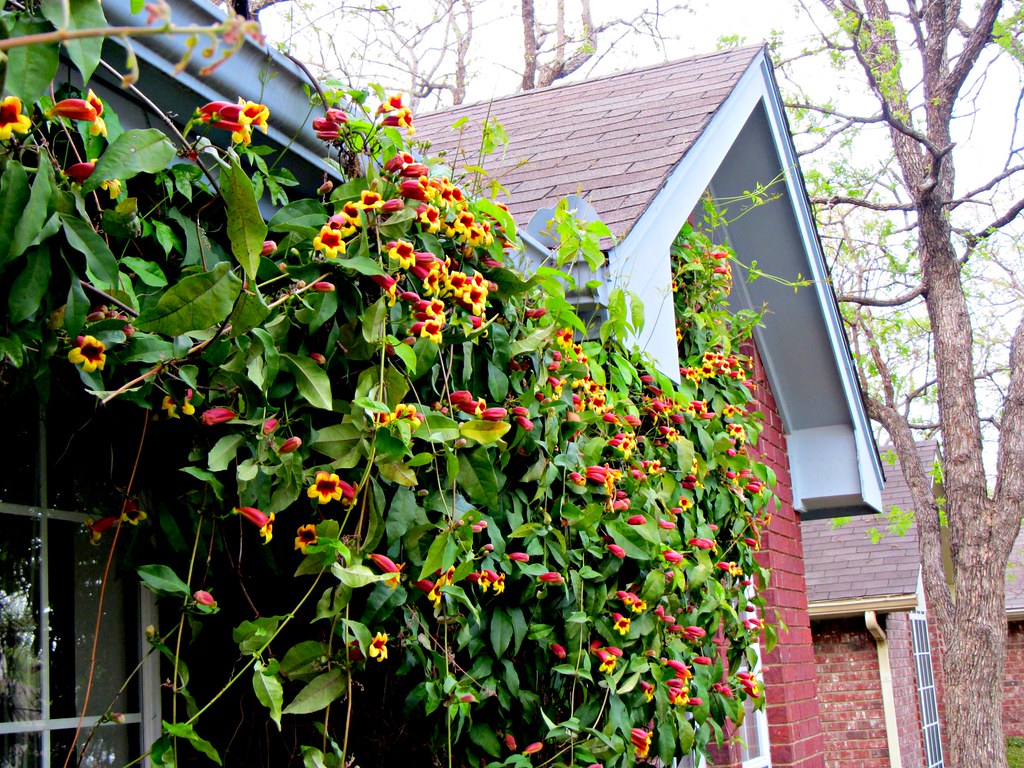
Crossvine is a stunning flowering vine that can transform your garden into a hummingbird haven.
This native southeastern U.S. plant produces trumpet-shaped blooms that are irresistible to these tiny, hovering birds.
The flowers are pollinated by hummingbirds, creating a beautiful example of mutual benefit in nature.
When you plant crossvine, you’re supporting this special relationship.
Crossvine typically blooms in vibrant orange-red and yellow colors. These bright hues act as visual signals to hummingbirds, drawing them to your garden from impressive distances.
While crossvine is most famous for attracting hummingbirds, it’s worth noting that the timing matters.
Some gardeners have observed that hummingbirds tend to visit later in summer rather than during the vine’s peak April blooming period.
Growing Tips:
- Plant in full sun to partial shade
- Works well on fences, arbors, and trellises
- Tolerates a variety of soil conditions
- Once established, it’s drought-tolerant
Be aware that crossvine grows very aggressively and drops seeds. You’ll want to monitor its growth to prevent it from overtaking smaller plants in your garden.
For North Carolina gardeners, crossvine pairs beautifully with trumpet creeper to create a hummingbird paradise throughout the growing season.
7. Purple Wisteria
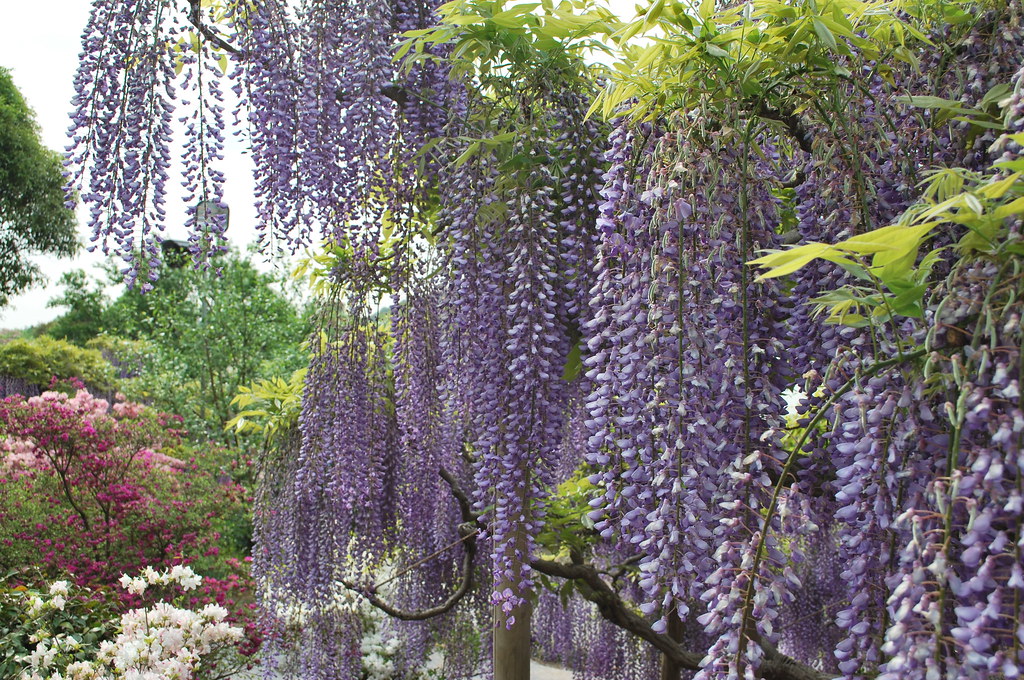
Purple Wisteria creates a stunning display in your garden while attracting various bird species.
This hardy vine showcases cascading clusters of fragrant purple flowers that can transform ordinary fences and arbors into vibrant wildlife habitats.
Birds are naturally drawn to Wisteria’s dense foliage for nesting and shelter.
The twisted branches and thick growth provide excellent camouflage for birds, giving them protection from predators and harsh weather.
The spectacular blooms don’t just please human eyes—they attract important pollinators too.
Butterflies, bees, and hummingbirds are frequent visitors to Wisteria’s sweet-scented flowers.
Bird-Friendly Features of Purple Wisteria:
- Thick, twining vines perfect for nesting
- Dense foliage offering protection
- Sweet fragrance attracting insects (bird food)
- Beautiful purple flowers drawing hummingbirds
Consider planting the American Wisteria variety (Wisteria frutescens) which is less aggressive than Asian types.
This native option still provides all the bird-friendly benefits while being easier to manage in your garden.
For best results, position your Wisteria where you can enjoy both its beauty and the bird activity it generates.
Near windows or outdoor seating areas lets you appreciate the butterflies, hummingbirds, and other pollinators it attracts.
Remember that Wisteria grows vigorously. You’ll need to provide strong support and regular pruning to keep it in check.
The reward is a magnificent flowering vine that becomes a lively bird habitat right in your yard.
8. Climbing Rose
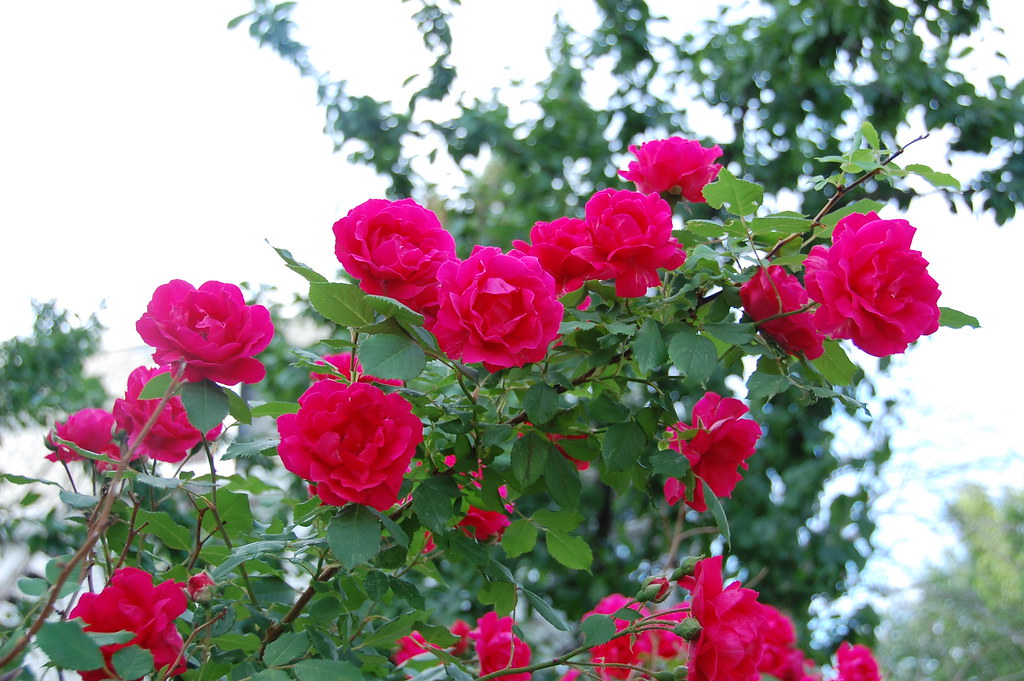
Climbing roses create an outstanding habitat for birds in your garden.
These versatile plants offer both beauty for you and valuable resources for your feathered friends.
Unlike true vines, climbing roses are actually shrubs with vine-like characteristics that can be trained to grow upward with support.
When you plant climbing roses, you provide birds with multiple benefits.
They offer food in the form of rose hips, flowers, caterpillars and other insects. The fragrant blooms also attract insects that birds love to eat.
Birds appreciate climbing roses for their dense growth habit which creates safe nesting spots.
The thorny stems provide natural protection from predators, making them ideal shelters for small birds.
You can train climbing roses to reach impressive heights. While some maintain a mounding habit of about 4 feet tall, others can be trained to climb up to 15 feet with proper support.
Popular climbing rose varieties include:
- English Climbing Roses
- Noisette Roses
- Climbing Tea Roses
- Climbing Hybrid Tea Roses
- Climbing Bourbons
Native options like the Climbing Prairie Rose (Rosa setigera) are especially beneficial for local bird populations.
By choosing climbing roses, you automatically create a safe habitat for birds that benefits the entire ecosystem.
9. Dutchman’s Pipe
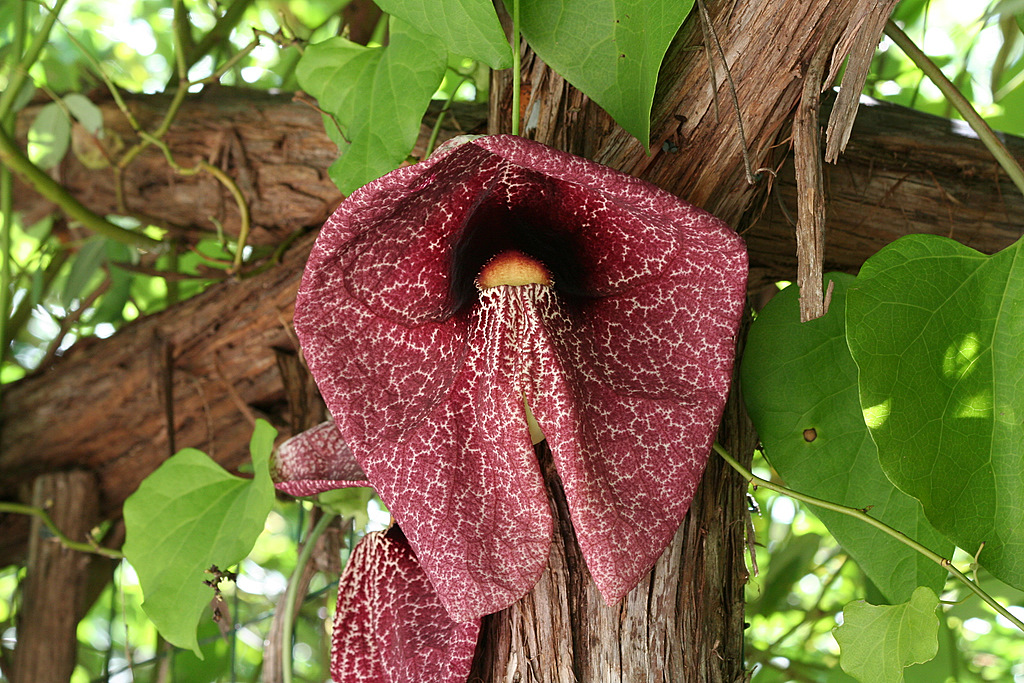
Dutchman’s Pipe, scientifically known as Aristolochia macrophylla, is a unique vine that may interest you if you’re looking for plants that create wildlife-friendly spaces.
While this vine isn’t specifically known for attracting birds directly, it plays an important role in your garden’s ecosystem by attracting beautiful butterflies – particularly the Pipevine Swallowtail butterfly, which features stunning iridescent blue wings.
The vine gets its name from its distinctive flowers that resemble Dutch smoking pipes.
These unusual blooms emit an odor similar to rotting meat that attracts pollinating flies.
Don’t worry – you’ll barely notice the smell unless you get very close!
Benefits for your garden:
- Acts as the host plant for Pipevine Swallowtail butterflies
- Creates dense foliage that provides shelter for birds
- Moderately resistant to deer
- Offers excellent shade with its large heart-shaped leaves
You’ll find that Dutchman’s Pipe grows vigorously in the right conditions, creating a lush green backdrop that can indirectly support birds by hosting insects they feed on and providing sheltered nesting areas.
When butterflies like the iridescent blue Pipevine Swallowtail visit your garden, they’ll also attract insect-eating birds, creating a vibrant backyard ecosystem.
10. Clematis
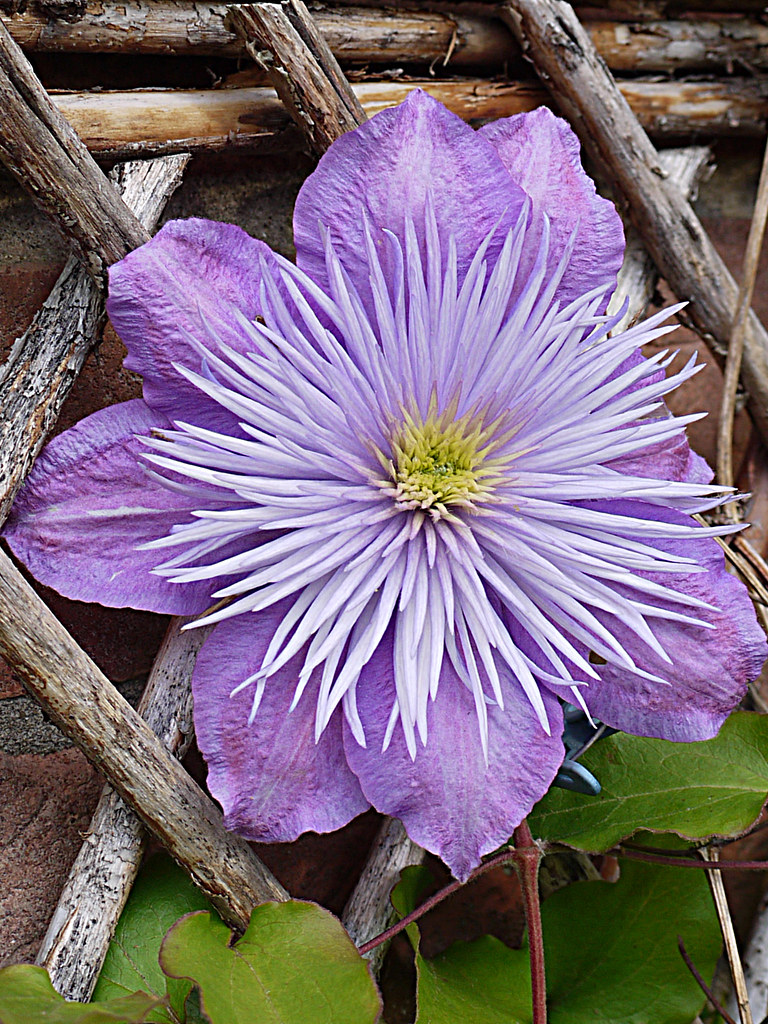
Clematis vines can be wonderful additions to your bird-friendly garden.
These flowering vines not only add vertical beauty but also provide benefits for our feathered friends.
While not as famous for bird attraction as some other vines, clematis varieties support birds in multiple ways.
Their dense growth creates excellent nesting spots for smaller birds seeking protection from predators.
The native Virgin’s bower (Clematis virginiana) is particularly valuable as it acts as a magnet for pollinators. This activity naturally draws insect-eating birds to your garden.
Some clematis varieties produce seeds that become food sources for birds.
After the showy flowers fade, the distinctive feathery seedheads develop, providing both visual interest and bird nourishment.
Looking to attract hummingbirds? Consider the Scarlet leather flower, a red clematis variety that hummingbirds find irresistible.
Clematis care tips for a bird-friendly garden:
- Plant in well-drained soil with the crown slightly below ground level
- Provide support with trellises or arbors
- Water regularly, especially during establishment
- Apply mulch to keep roots cool
- Prune according to your specific variety’s needs
You’ll enjoy these “Queen of the Vines” for their stunning blooms, while birds will appreciate the shelter and food resources they provide.
